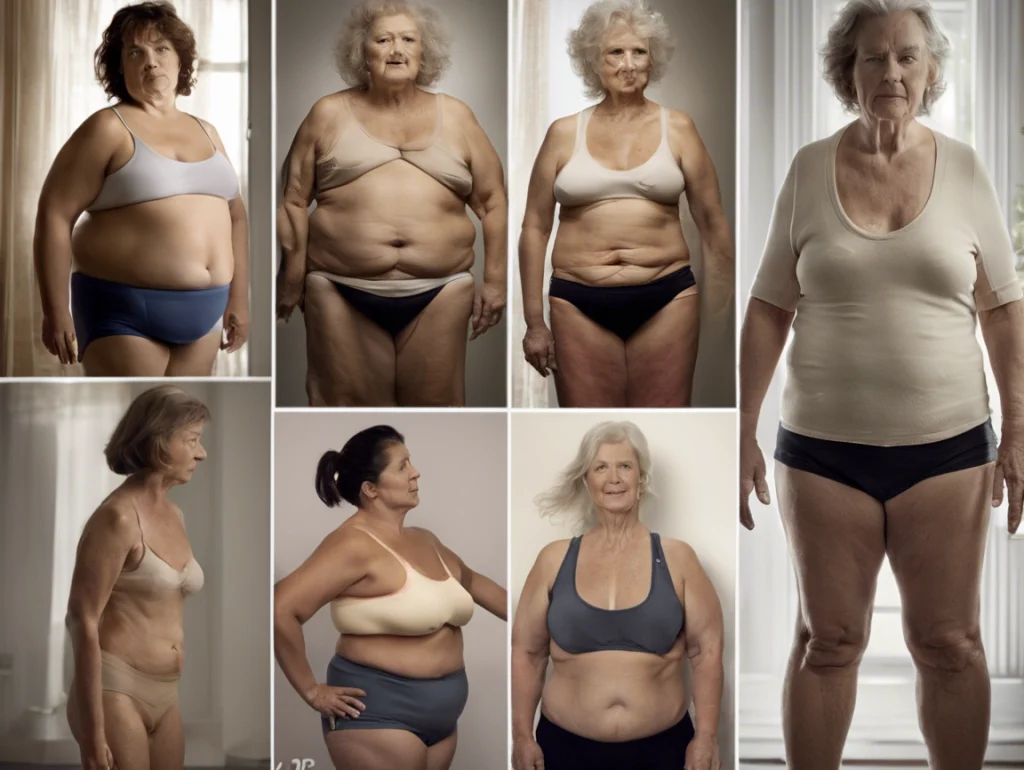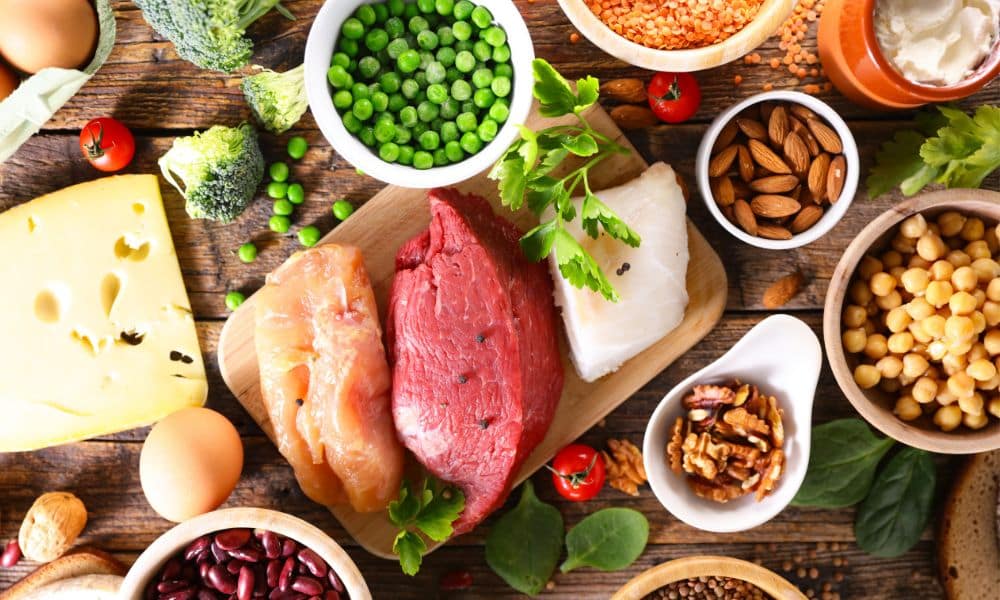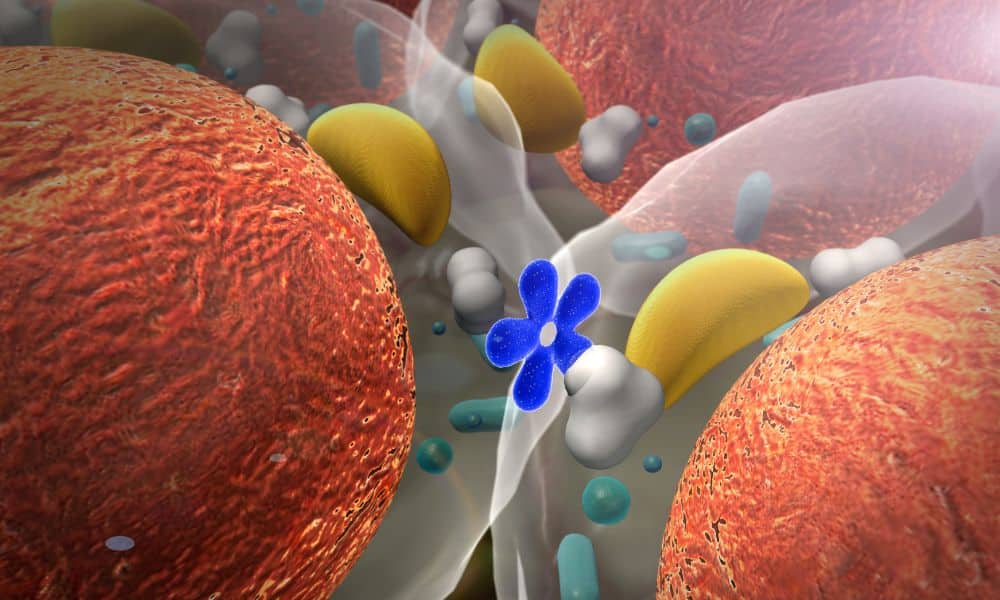Losing body fat can be challenging, but does the age of your fat make it harder to lose? Many people struggle with stubborn fat that seems resistant to diet and exercise, often blaming its persistence on how long it’s been there. In this article, we’ll explore whether the age of body fat affects how difficult it is to lose and provide practical tips to help you shed even the most stubborn fat.
Does the Age of Body Fat Affect Fat Loss?
Body fat accumulates over time due to various factors, including poor diet, lack of exercise, and metabolic changes. But is older fat more difficult to lose than newer fat? The short answer is yes, but it’s not as simple as it sounds. The difficulty lies in fat cells’ metabolic and structural changes as they age.
How Does Body Fat Age?
Body fat, or adipose tissue, doesn’t just sit idly in your body. It’s metabolically active and constantly changing, such as expansion, shrinking, and even dying off. Older fat cells, especially those in areas like the abdomen, hips, and thighs, become more resistant to being burned off for several reasons:
- Reduced Blood Flow: Older fat cells have less blood flow, making it harder for the body to access and break them down during calorie deficit and exercise.
- Stubborn Fat Receptors: Fat cells contain alpha and beta receptors that control fat release. Alpha receptors inhibit fat release, making it harder to burn. Older fat deposits often have a higher concentration of these alpha receptors, making them more stubborn.
- Hormonal Changes: Hormones like insulin and cortisol play a role in fat storage. Over time, hormonal imbalances can make older fat deposits more resistant to being mobilized and used as energy.
The age of body fat can make it harder to lose because of changes in blood flow, stubborn fat receptors, and hormonal influences.
Why Is Older Fat Stubborn?
Older fat, particularly visceral fat (fat around the organs), is harder to lose and more dangerous to your health. This type of fat is metabolically active, secreting inflammatory chemicals that can lead to chronic conditions like heart disease and type 2 diabetes. This inflammation further complicates fat loss as it affects the body’s ability to regulate hormones that control appetite and fat metabolism.
The age of body fat affects how difficult it is to lose due to its metabolic activity and resistance to breakdown, especially in older and more dangerous fat stores.
How Can You Lose Older Body Fat?
While older fat can be more stubborn, it’s not impossible to lose. The key is to employ targeted strategies that improve metabolism, enhance fat mobilization, and maintain muscle mass. Here’s how you can tackle the challenge of losing older body fat:
1. Increase NEAT (Non-Exercise Activity Thermogenesis)
What is NEAT?
NEAT includes all the little movements you make throughout the day that aren’t part of formal exercise, like walking, standing, or even fidgeting. Increasing NEAT can help burn more calories and reduce older fat stores.
How to increase NEAT?
Take the stairs, walk while talking on the phone, or park farther from your destination. These small changes add up and increase your daily calorie burn.
Increasing NEAT is a simple yet effective strategy to help reduce the age of body fat by enhancing daily calorie expenditure.
2. Prioritize Strength Training
Why strength training?
Building muscle through strength training helps increase your resting metabolic rate, meaning you’ll burn more calories even at rest. Muscle tissue is metabolically active and helps offset the stubborn nature of older fat.
What exercises are best?
Focus on compound movements like squats, deadlifts, and bench presses that work multiple muscle groups and burn more calories.
Strength training is crucial when targeting the age of body fat as it boosts metabolism and helps to reshape the body, making older fat easier to lose.
3. Adjust Your Diet: Focus on Protein and Fiber
Why adjust your diet?
High-protein diets help preserve muscle mass during weight loss and increase feelings of fullness, making it easier to maintain a calorie deficit. Fiber aids digestion improves gut health, and helps regulate insulin levels, which can influence fat storage.
What to eat?
Your diet should include lean proteins like chicken, fish, and tofu and high-fiber foods like vegetables, whole grains, and legumes.
Diet adjustments focusing on protein and fiber can significantly impact the age of body fat, making older fat easier to mobilize and burn.
4. Incorporate High-Intensity Interval Training (HIIT)
Why HIIT?
HIIT involves short bursts of intense exercise followed by rest and is highly effective at burning fat, including stubborn older fat. It also increases your metabolic rate even after you’ve finished exercising.
How to get started?
Incorporate HIIT workouts 2-3 times per week. Simple exercises like sprinting, jump squats, or cycling can significantly boost your fat-loss efforts.
HIIT is an excellent tool for targeting body fat age, increasing calorie burn, and improving overall fitness levels.
Key Takeaways: Losing Older Body Fat
- Older fat is more loss-resistant due to reduced blood flow, stubborn fat receptors, and hormonal changes.
- Increase NEAT to burn extra calories throughout your day.
- Strength training helps preserve muscle and increase metabolism, aiding in fat loss.
- Adjust your diet with more protein and fiber to support fat loss.
- HIIT workouts can help you burn stubborn fat quickly and efficiently.
The age of body fat does affect how difficult it is to lose, but with the right approach, it’s possible to shed even the oldest, most stubborn fat. By understanding the unique challenges of older fat and implementing targeted strategies, you can overcome the barriers and achieve your fat loss goals.




